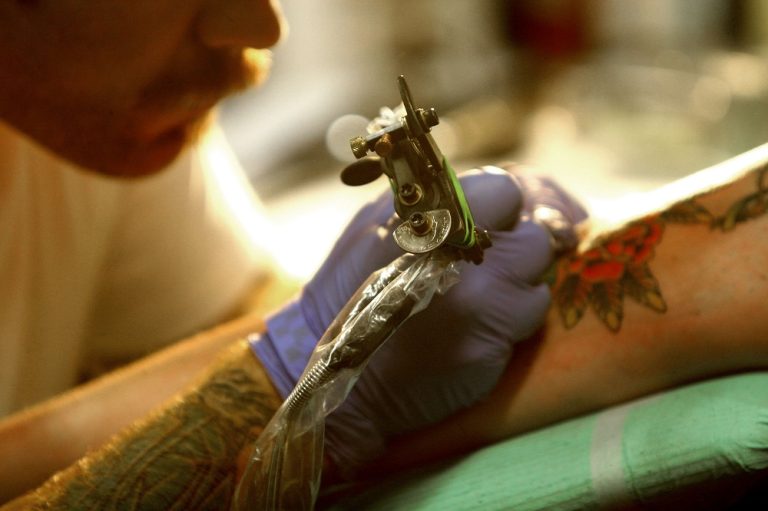If you’re more of a moderate to occasional drinker, you may find the hardest part of stopping drinking to be the social pressures. Try replacing your usual cocktail or beer with a nonalcoholic option, including many of the now popular mocktails available so you can still enjoy social time with friends without having alcohol in the mix. The suggestions above are things that have helped many people quit or limit their drinking. If you try to control your drinking and cannot manage it, there is still hope. Workit Health offers a program for alcohol that includes therapeutic courses, recovery groups, audio shares, and clinical care not only for alcohol use, but also for co-occurring anxiety or depression.
However, it may be more challenging for people who live with alcohol use disorder (AUD) than someone who casually drinks. In the past year, around 10.6% of people in the United States, ages 12 and older, had AUD. Talk therapy is an important part of treatment for alcohol use disorder, but Dr. Streem says just about anyone who is making a life change, like quitting drinking, can benefit from therapy. Dr. Streem says that if your goal is to stop drinking altogether, you’re more likely to have success quitting all at once, rather than weaning off alcohol. But that advice changes if you’re living with alcohol use disorder.
Examine alcohol health effects
In fact, a recent study by the Centers for Disease Control and Prevention found that the majority of Americans who drink more than one or two drinks a day are not alcoholics. Millions of people join support groups to help stop drinking and stay stopped. Studies show support groups play an instrumental role in helping people develop healthy social networks that result in continued sobriety. Research shows people who have a supportive social network are more likely to remain alcohol-free after withdrawal. Those with a wider circle of support have a better chance of staying sober. People who drink daily or almost every day should not be left alone for the first few days after stopping alcohol.
In other cases, long-term alcohol exposure can increase a person’s risk of developing a psychiatric illness. After three days, you will likely start to feel more like yourself. However, individuals who have been drinking heavily for long periods of time may still experience some symptoms of withdrawal and may even have hallucinations or delirium tremens (DTs) and seizures. The first day is always the hardest, but it’s also an important milestone. After 24 hours without alcohol, your body will start to detoxify and you may experience withdrawal symptoms. To stick to the above drinking goals, there are other moderate drinking techniques that you can employ, such as avoiding hard alcohol and sticking to beer.
Alcohol Withdrawal Symptoms
These are challenging to avoid and work through because they may appear randomly. She enjoys interviewing medical experts and researchers about their work and is passionate about communicating accurate and relevant health information to the public. If you identify with any of the scenarios above, try the expert tips below for reducing your alcohol consumption (or even eliminating it altogether).
Any general advice posted on our blog, website, or app is for informational purposes only and is not intended to replace or substitute for any medical or other advice. If you have specific concerns or a situation arises in which you require medical advice, you should consult with an appropriately trained and qualified medical services provider. It’s pretty common for people to be unable to accurately report how much they had to drink on any given day. Identifying your triggers will let you plan how to navigate them. Some of these you will be able to avoid, while others you will need to learn how to cope with. Take the time to plan ahead of time so that your triggers don’t take you off-guard.
Between 12 and 24 Hours
If you are thinking about quitting drinking, talk to your healthcare provider. Medical supervision, behavioral health treatment, and mutual-aid groups can help you through alcohol withdrawal and stay stopped. The alcohol withdrawal timeline varies, but the worst of the symptoms typically wear off after 72 hours. People who are daily or heavy drinkers may need medical support to quit. Stopping drinking abruptly can lead to seizures and can even be fatal.

Of all your body’s organs, your liver takes the biggest hit when it comes to alcohol. Even if your relationship with drinking consists of occasional social drinking with friends or occasionally drinking after work over-indulging in wine and cocktails during the holiday season, alcohol can still leave its mark. Unstable vital signs increase the risk of complications and can be managed with medications.
Managing internal triggers may require keeping a journal or alcohol diary. Prepare yourself for those times when someone is going to offer you a drink. You might also hold onto a nonalcoholic drink instead, ask a friend to support you in difficult situations or simply exit early if temptation gets too strong, the NIAAA suggests. You don’t have to leave the house to get support from other people who understand and respect what you’re trying to do. In fact, you can find it online with sites like Sunnyside, which helps you create a customized plan, Tempest, Moderation.org or Ben’s Friends for people who work in the food and beverage industry. If you turn to alcohol to ease anxiety, try exercise as a healthy alternative.
- As scary as challenging your beliefs about alcohol may seem, it offers a path to restoring internal peace in one’s relationship with alcohol.
- You have places, people, and events that are tied to drinking.
- Fortunately, reducing your alcohol use can help improve your sleep over time, although you might experience more sleep disturbances for some time after you quit.
- Alcohol use disorder frequently occurs alongside other mental health conditions.
- You are encouraged to report negative side effects of drugs to the FDA.